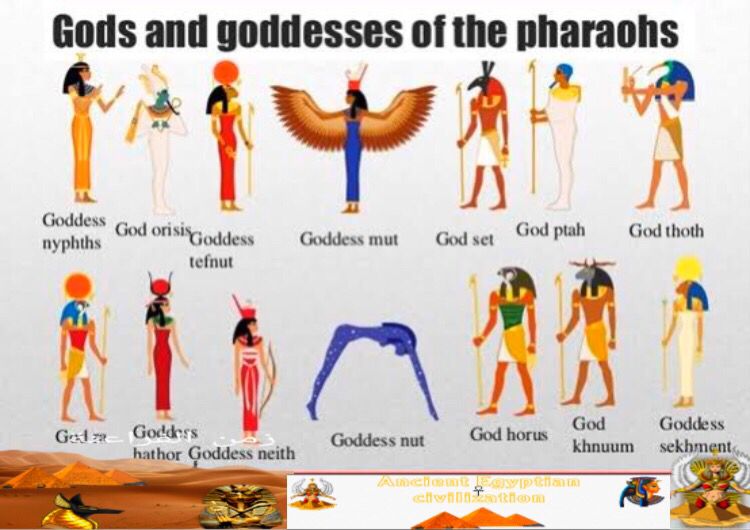Astronomy and Calendar in the Ancient Egyptian Civilization
Astronomy in Ancient Egypt
The ancient Egyptians were interested in astronomy, and several things prompted them to do so, including the clearness of their sky and its absence of clouds and clouds most days of the year, then they took some of the planets in the sky, especially the sun Likewise, they are keen to set the dates of the Nile (the flood), and they link evidence with the appearance of some of the planets at certain times, to determine the dates of planting and harvesting.
Astronomy had a role in the life of the Egyptians, and this appeared clearly in what the inscriptions showed on the ceilings of tombs and temples, where the movement of the stars and their locations were drawn at night to know the time, and the priests who were practicing astronomy were able to monitor five planets, including Mars and the southern star And the Yemeni poetic star, the star of the Great Dipper, and the star Orion, and the Yemeni poetic star had a great role in calculating time, as its sunrise was The solar year is determined for the real year, and through it, its year was determined, which is equivalent to 365 days, while the year of the sun is equivalent to 365 days and a quarter of a day.
This zodiac was depicted in its well-known forms on the ceilings of some tombs that were decorated with star shapes. On the ceiling of the Dendera Temple, 5 km north of Qena, the celestial constellations, and their planets were depicted (these celestial constellations were transferred to the Louvre Museum in Paris) It is also found in the tomb of King Seti I and the tomb of Senmut in western Thebes, as well as in the temple of King Ramses II Views similar to those of the towers that were in the Dendera Temple, and the Egyptians used the direction of the stars in the sky to determine the building sites for their temples and build their pyramids so that the four sides of each pyramid towards the four original directions
The ancient Egyptians divided the year into three seasons:
Akht season (the flood), Bert season (winter), Shemo season (harvest)
Each season consists of four months, and each month consists of thirty days. Then they divided the day into twenty-four hours, twelve hours for the day, and twelve hours for the night.
The ancient Egyptians divided the year into two halves, one of which is 180 days and the second is 180 days they used to add at the end of every year the five extra days of women, so that the year would become 365 days, and each of these five days was called a god, and a sixth day was added to it every four years.
The ancient Egyptian calendar was applied in the bureaus of government and the ancient Egyptian courts. An example of this is what was mentioned in one of the texts, where it was mentioned:
(The seventeenth year of the reign of His Majesty the King of Upper and Lower Egypt, Ramesses III.....) and this case has been prolonged for this reason the memorandum included a mention of a day in the third year of the reign of King Ramesses the Fourth when the plaintiff took an oath That if he does not pay the price of the disputed rent before the third year in the third month of summer and on its last day, he will be punished.
The ancient Egyptian calendar is considered one of the oldest calendars. The Egyptians knew the Zola (shadow hour) since the sixth thousand BC, and it was A rod of stone with a cross piece at its end to measure the shadow in the event of sunrise, and the tip of the rod was pointing to the west in the morning after the sun had risen from the east, and in the sky, it was pointing to the east with a shadow because the sundial was in the form of a letter T
The Egyptians also knew the water clock around the year 1400 BC. It was a container with an opening from which water descended regularly, and inside the container were inscribed and inscribed signs to indicate the time. The ancient Egyptian used to fill this container with water at sunrise.
Finally, the ancient Egyptians thought that the heavenly constellations had a connection with people. There are happy days and bad days, and these days are related to certain events associated with mythical or religious memories For example, the days of reconciliation between the two deities are Hour and Six happy days, days of death and Osiris, days of misfortune
And the people refrained from holding parties in the days of misfortune, and misfortune and happiness were also related to the birth of children. Likewise, in Thebes and Memphis there were horoscope readers, and they were called good ladies who depended on the stars and their orbits.




Comments
Post a Comment